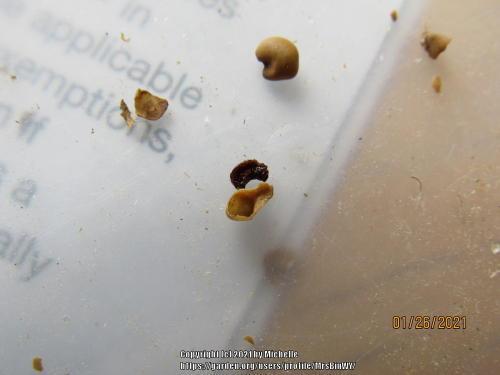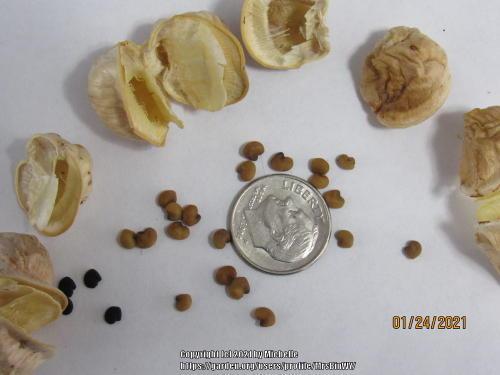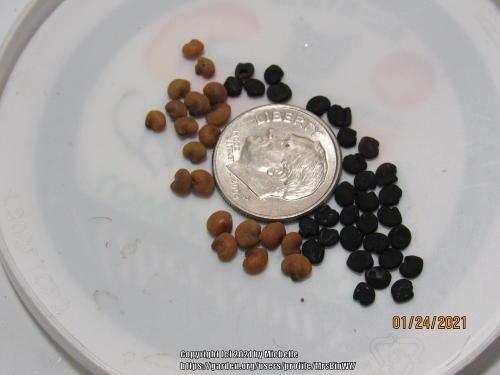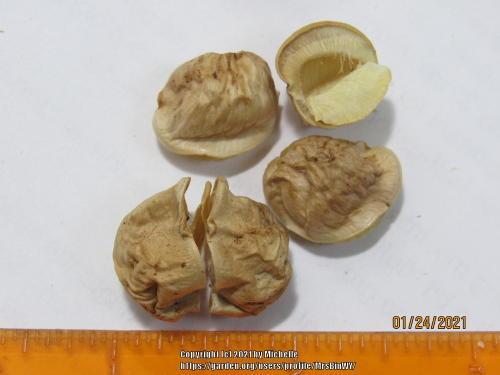Thanks Daisy and Rick!
Interesting point about the size difference. The largest pod was just shy of 1" in diameter. I see five subspecies listed for
A. crassicarpus in the database.
From
http://fieldguide.mt.gov/speci...:
Diagnostic Characteristics
In Montana Astragalus crassicarpus has two varieties (Lesica et al. 2012):
* var. crassicarpus
has predominately purple flowers (petals). It is found on the Great Plains.
* var. paysonis
has predominately white flowers (petals) with purple tips. It is mostly found in the western half of Montana.
Robert and Jane Dorn state there are 150 Astragalus species in the Rocky Mountain region (
Growing Native Plants of the Rocky Mountain Area), so I might be very prematurely pointing to a species at this point. If I get a minute, I'll ping Jane to see if she can weigh in.
Interesting thought on
Physaria didymocarpa. I've only grown
P. saximontana, but I couldn't come up with the seed packet when I sorted through the "P" box. Are the seeds of
P. didymocarpa fairly large?
In the seed sowing department ...
The brown seeds have a delicate seed coat that breaks under the lightest of pressure, revealing either a shriveled embryo or a mushy embryo.

I filed 17 of the black seeds, and most of them plumped up nicely. You can see that I put too much pressure on one seed and cracked it. I refiled the two black seeds that hadn't imbibed in the photo below, and one is swelling. I'll give the other one another filing treatment. The shriveled embryo in the picture above swelled a bit in warm water, though I don't hold out much hope for it germinating. (It's on the right side of the coffee mug below.)








